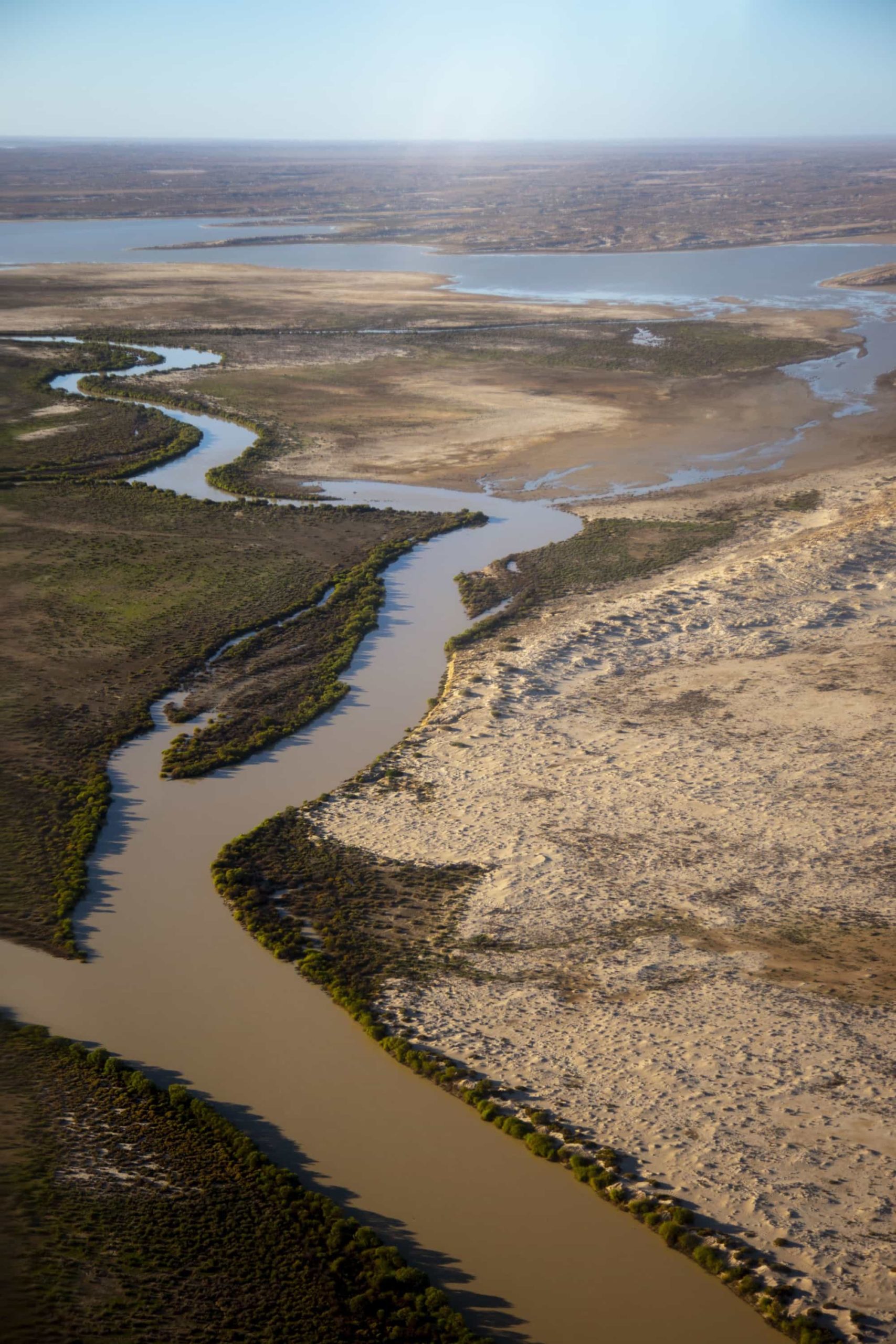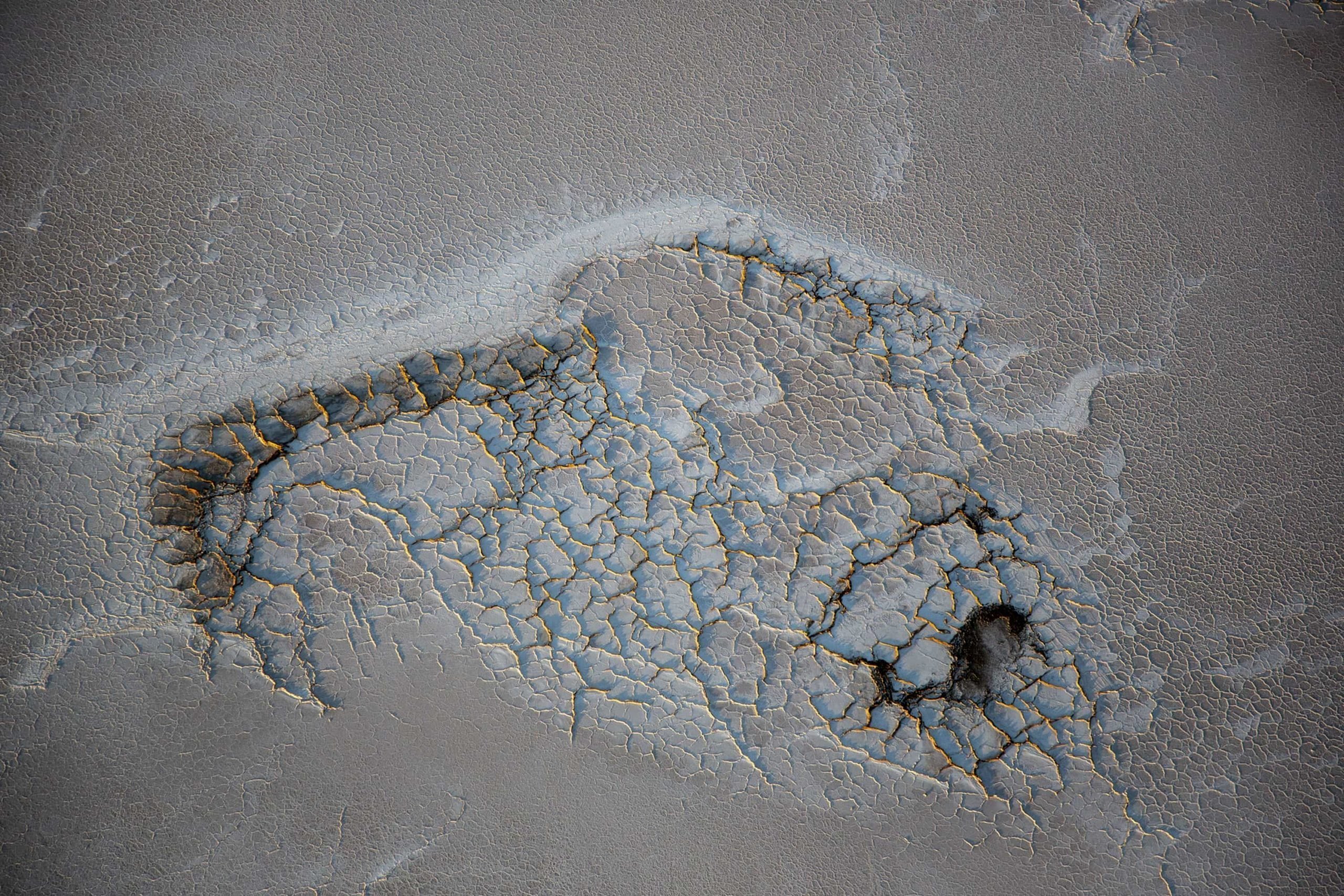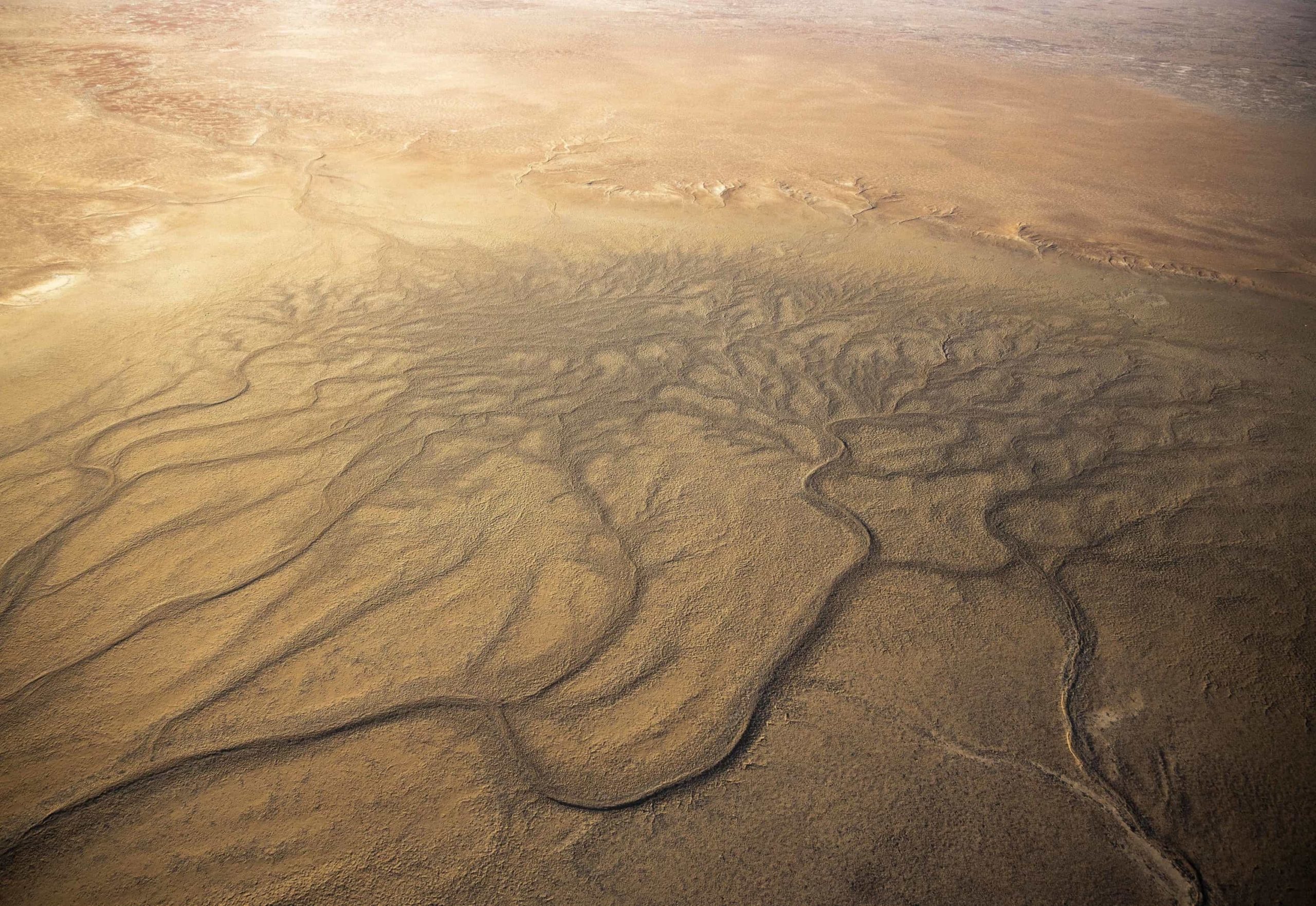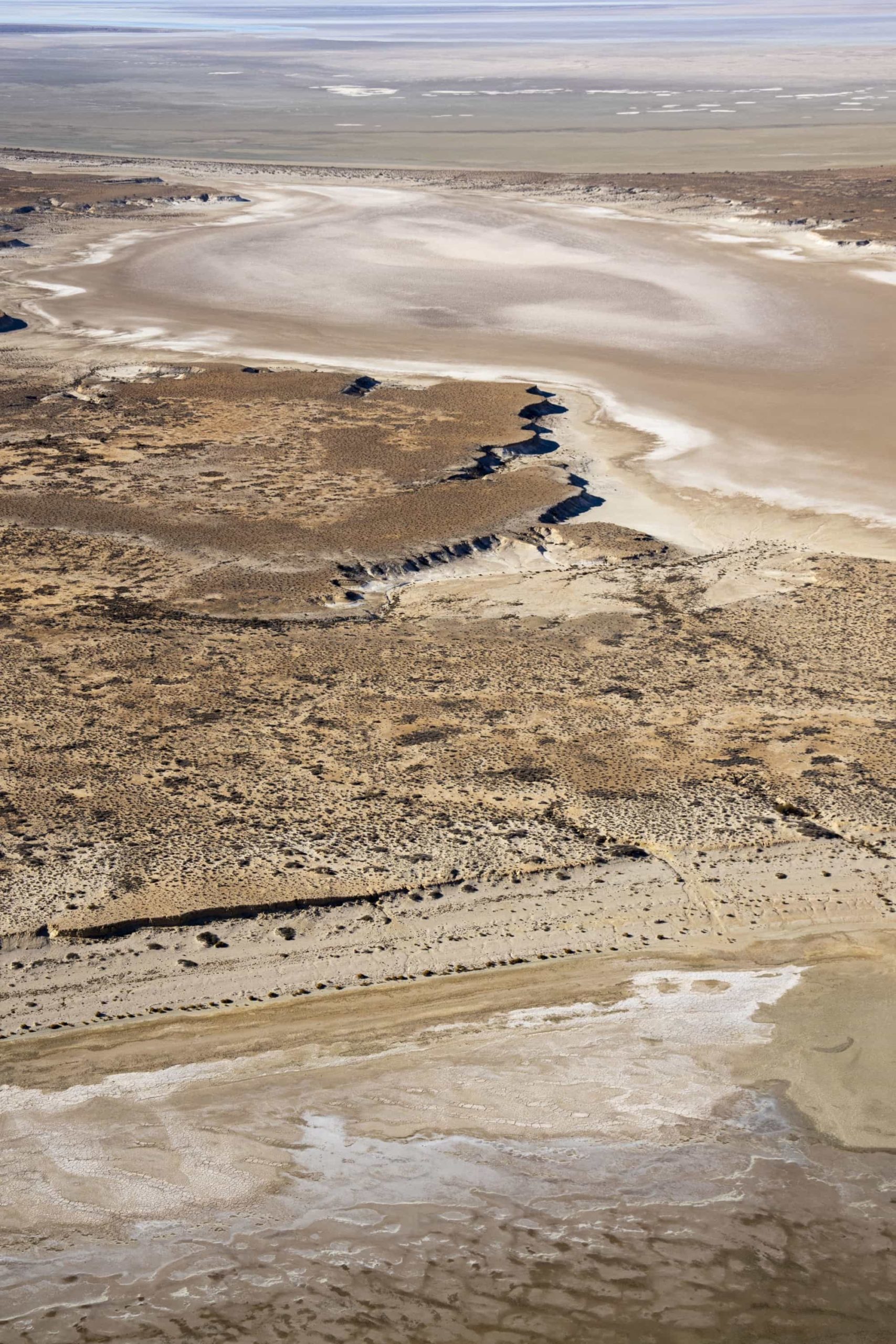Bird’s eye view

- Try to opt for open-door aircraft if you can. Shooting through windows not only restricts your view but often results in images that lack sharpness, clarity and detail. It’s not always possible, however
 Image credit: Chrissie Goldrick
Image credit: Chrissie Goldrick
- Ideally carry two cameras and two lenses to save changing them.
This allows you to capture a variety of shots at wide, medium and long focal lengths. A wide-angle zoom on a full frame DSLR, such as the Canon EF24-105mm f/4L IS, and a second camera with a longer lens, such as the Canon EF 70–200mm f/2.8L IS USM III, is a good combination.
- At lower altitudes, up to 500 feet, the ground moves faster, whereas at higher altitudes of more than 1500 feet ground speed is reduced. The lower you are, the faster your shutter speed needs to be. In general, a shutter speed of 1/2000th will freeze ground motion at lower altitude. At higher altitude, shoot at 1/500th to 1/800th as a minimum, although in all cases, if there’s plenty of light you can always afford to shoot faster and eliminate all risk of motion blur or vibration caused by the aircraft.
 Image credit: Chrissie Goldrick
Image credit: Chrissie Goldrick
- Set the camera to manual exposure and use auto ISO. This set-up allows you to select your desired shutter speed and the camera then automatically shifts ISO to maintain the correct exposure as you pass over different areas and light sources. Use exposure compensation to allow your images to be brighter or darker. Shoot on autofocus but select
AI Servo.
- Mirrorless cameras are a good choice for aerials. Canon’s new EOS R features a digital viewfinder that shows exactly how the image will look before it’s taken, giving you confidence to press the shutter and nail that shot.
Jay is a Melbourne-based photographer with a passion for photographing African wildlife. He has been working as a Canon ambassador for the past 10 years.











